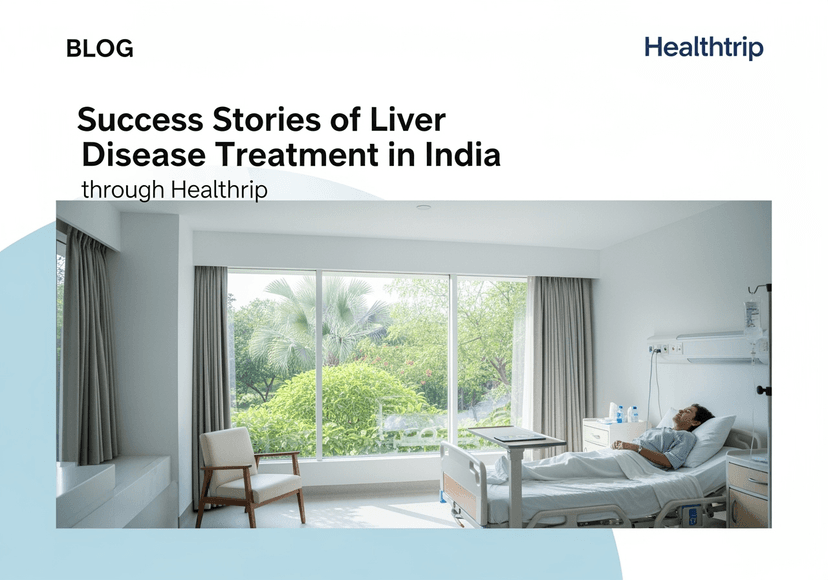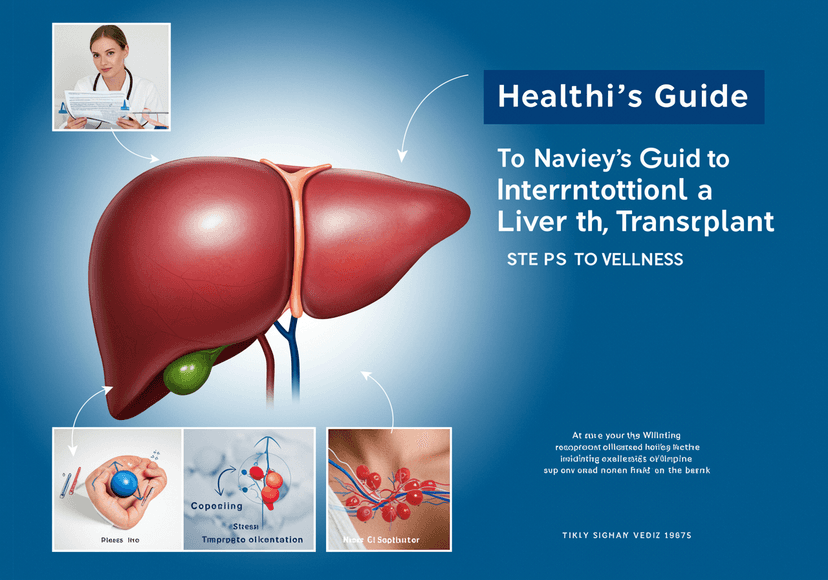
Liver Cirrhosis and Nutrition: A Healthy Diet Plan
27 Oct, 2024
 Healthtrip
HealthtripImagine waking up every morning feeling energized and refreshed, with a body that's functioning at its best. But for individuals living with liver cirrhosis, this can seem like a distant dream. The liver, responsible for detoxifying the body and regulating metabolism, is severely impaired, making everyday life a struggle. However, with a healthy diet plan, it's possible to alleviate symptoms, slow down disease progression, and improve overall quality of life. In this article, we'll delve into the world of nutrition and explore a comprehensive diet plan tailored specifically for individuals with liver cirrhosis.
Understanding Liver Cirrhosis and Nutrition
Liver cirrhosis is a chronic condition characterized by scarring of the liver tissue, leading to impaired liver function. This can cause a range of symptoms, including fatigue, nausea, and weight loss. Nutrition plays a vital role in managing liver cirrhosis, as a well-balanced diet can help reduce liver damage, alleviate symptoms, and improve overall health. A healthy diet plan should focus on providing the body with essential nutrients, while also limiting foods that can exacerbate liver damage.
Most popular procedures in India
Key Nutrients for Liver Health
A diet rich in antioxidants, vitamins, and minerals is essential for maintaining liver health. Some of the key nutrients that should be included in a liver cirrhosis diet plan include:
Wellness Treatments
Give yourself the time to relax
Lowest Prices Guaranteed!

Lowest Prices Guaranteed!
- Vitamin D: essential for maintaining strong bones and immune function
- Omega-3 fatty acids: anti-inflammatory properties help reduce liver inflammation
- Antioxidants: vitamins C and E, beta-carotene, and other antioxidants help protect the liver from damage
- Fiber: promotes healthy digestion and reduces the risk of constipation
- Protein: essential for maintaining muscle mass and overall health
A Healthy Diet Plan for Liver Cirrhosis
A well-structured diet plan should include a variety of foods from all food groups, with an emphasis on whole, unprocessed foods. Here are some general guidelines to follow:
Foods to Include
Foods rich in antioxidants, vitamins, and minerals should be included in the diet plan, such as:
- Fresh fruits and vegetables: berries, leafy greens, and citrus fruits
- Whole grains: brown rice, quinoa, and whole-wheat bread
- Lean protein sources: poultry, fish, and legumes
- Healthy fats: avocado, nuts, and olive oil
Foods to Limit or Avoid
Foods that can exacerbate liver damage or worsen symptoms should be limited or avoided, including:
- Processed meats: hot dogs, sausages, and bacon
- Sugary drinks: soda, sports drinks, and sweet tea
- Refined carbohydrates: white bread, pasta, and sugary snacks
- Foods high in salt: canned goods, processed snacks, and soy sauce
Meal Planning and Preparation
Meal planning and preparation are crucial components of a healthy diet plan. Here are some tips to help make mealtime easier and more enjoyable:
Meal Frequency and Portion Control
Eating smaller, frequent meals throughout the day can help manage symptoms and improve digestion. Aim for 4-6 meals per day, with portion sizes tailored to individual calorie needs.
Cooking Methods and Tips
Cooking methods can greatly impact the nutritional value of foods. Opt for steaming, roasting, or grilling instead of frying or sautéing. Additionally, use herbs and spices to add flavor instead of salt and sugar.
Conclusion
Liver cirrhosis can be a challenging condition to manage, but with a healthy diet plan, individuals can take control of their health and improve their quality of life. By focusing on whole, unprocessed foods and limiting foods that can exacerbate liver damage, individuals can reduce symptoms, slow down disease progression, and feel more energized and refreshed. Remember, a healthy diet plan is just one aspect of managing liver cirrhosis – be sure to work closely with a healthcare provider to develop a comprehensive treatment plan.
Related Blogs

Success Stories of Liver Disease Treatment in India through Healthtrip
Explore how to treat liver disease in India with top

Affordable Treatment Options for Liver Disease in India with Healthtrip
Explore how to treat liver disease in India with top

Healthtrip’s Guide to Treating Liver Disease in India
Explore how to treat liver disease in India with top

Best Doctors in India for Liver Disease Management
Explore how to treat liver disease in India with top

Top Hospitals in India for Liver Disease Treatment
Explore how to treat liver disease in India with top

Healthtrip's Guide to Navigating an International Liver Transplant: Steps to Wellness
Discover Healthtrip's step-by-step guide for an international liver transplant, covering










